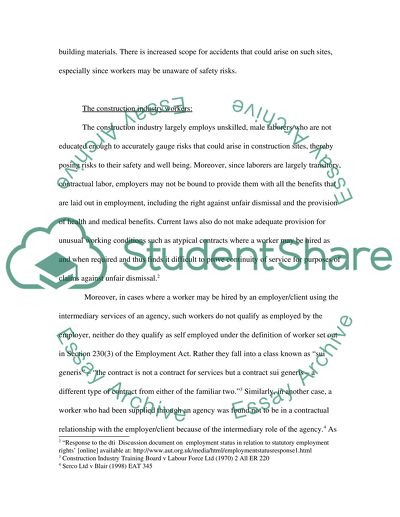Cite this document
(The Nature and Scope of the Construction Industry Coursework - 2, n.d.)
The Nature and Scope of the Construction Industry Coursework - 2. Retrieved from https://studentshare.org/engineering-and-construction/1539557-construction-law
The Nature and Scope of the Construction Industry Coursework - 2. Retrieved from https://studentshare.org/engineering-and-construction/1539557-construction-law
(The Nature and Scope of the Construction Industry Coursework - 2)
The Nature and Scope of the Construction Industry Coursework - 2. https://studentshare.org/engineering-and-construction/1539557-construction-law.
The Nature and Scope of the Construction Industry Coursework - 2. https://studentshare.org/engineering-and-construction/1539557-construction-law.
“The Nature and Scope of the Construction Industry Coursework - 2”. https://studentshare.org/engineering-and-construction/1539557-construction-law.


